Japan's famed Shinkansen bullet trains are set to become even more traveler-friendly with the introduction of dedicated "pet carriages," a move that promises to revolutionize how passengers travel with their furry companions. The initiative, spearheaded by JR East, aims to accommodate the growing number of pet owners who wish to bring their dogs and cats along on high-speed rail journeys without the usual stress and restrictions. This innovative approach not only reflects Japan's pet-loving culture but also sets a new standard for pet-inclusive transportation worldwide.
The concept of pet carriages isn't entirely new, but the scale and integration into Japan's high-speed rail network mark a significant leap forward. Unlike conventional trains where pets must be stowed in carriers beneath seats, the new carriages will allow animals to move more freely within designated areas. Specialized ventilation systems, pet-friendly seating arrangements, and easy-to-clean surfaces are among the features designed to ensure comfort for both animals and human passengers. For a country where pets outnumber children under 15, this development feels long overdue.
Why now? Industry analysts point to shifting demographics and pandemic-era pet adoption surges as key drivers behind the policy change. With Japan's birthrate at historic lows and single-person households rising, emotional support from pets has become increasingly vital. A 2023 survey by the Japan Pet Food Association revealed that 34% of respondents considered their pets "family members" rather than animals—a 12% increase from pre-pandemic figures. The rail operator's decision taps into this cultural shift while addressing practical frustrations like limited carrier space and anxiety-prone animals during long trips.
The logistics of these carriages reveal thoughtful engineering. Each pet carriage will be positioned at train ends to minimize allergen dispersion, with soundproofed partitions separating them from standard compartments. Temperature and humidity controls will maintain optimal conditions for different breeds, while human seating features wipeable synthetic leather and foldable tables to accommodate pet carriers. Perhaps most innovatively, onboard "pet stations" will include artificial grass relief areas, water dispensers, and disposable waste bags—eliminating the need for stressful mid-journey station stops.
Not everyone is wagging their tails in approval, however. Allergy concerns top the list of criticisms, despite JR East's assurances about advanced air filtration systems. Some passenger rights groups argue that dedicating entire carriages to pets could reduce seat availability during peak travel seasons. Meanwhile, traditionalists question whether animals belong on high-speed trains at all, citing potential disturbances. In response, the rail company emphasizes that pet carriages will operate on select routes during off-peak hours initially, with strict behavior guidelines and premium pricing to manage demand.
The economic implications are noteworthy. With an estimated 20 million pet dogs and cats in Japan—a market worth ¥1.7 trillion annually—transport operators see untapped potential. The Shinkansen pet carriages will carry a 30% surcharge over standard tickets, with advance reservations required. Industry projections suggest this could generate ¥8 billion in additional annual revenue while boosting tourism to pet-friendly destinations. Already, hotels and attractions along Shinkansen routes are adapting with "paw-ternity leave" policies for staff to care for their own pets and expanded amenities for four-legged guests.
Beyond practicalities, the move carries symbolic weight in a nation known for blending cutting-edge technology with tradition. Where feudal-era Japan revered cats as lucky charms at temples and shops, modern bullet trains will now accommodate them as honored passengers. The design even incorporates subtle nods to cultural heritage—carriage interiors feature paw-print patterns inspired by maneki-neko (beckoning cat) figurines, while station announcements will include animal welfare reminders voiced by popular anime seiyū (voice actors).
International observers are taking notes. As European and North American rail networks grapple with outdated pet policies, Japan's solution offers a compelling template. The German Railway Company has reportedly begun feasibility studies for similar accommodations on ICE routes, while Amtrak faces growing pressure to revisit its restrictive animal transport rules. What makes the Shinkansen model distinctive is its holistic approach—viewing pet accommodation not as an afterthought but as integral to passenger experience design from inception.
For now, the pet carriages remain in final testing phases ahead of a planned 2025 rollout on Tokyo-Nagano routes. Early trial participants like the Suzuki family, who traveled with their Shiba Inu Momo, describe a transformative experience: "She used to tremble for hours in her carrier. This time, she slept peacefully watching mountains zoom by." Such testimonials hint at the profound lifestyle changes this innovation may enable—where weekend getaways or multigenerational trips no longer require leaving beloved pets behind. In true Japanese fashion, it's a solution that blends technological precision with emotional intelligence, proving that progress doesn't have to come at the expense of companionship.

By John Smith/Apr 11, 2025

By Samuel Cooper/Apr 11, 2025

By George Bailey/Apr 11, 2025

By Thomas Roberts/Apr 11, 2025

By Lily Simpson/Apr 11, 2025

By Jessica Lee/Apr 11, 2025

By Laura Wilson/Apr 11, 2025
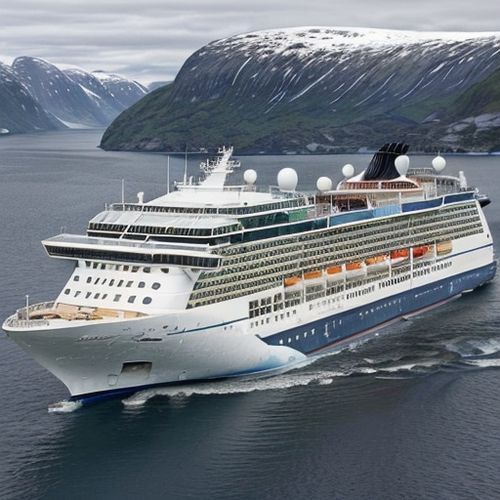
By Olivia Reed/Apr 11, 2025
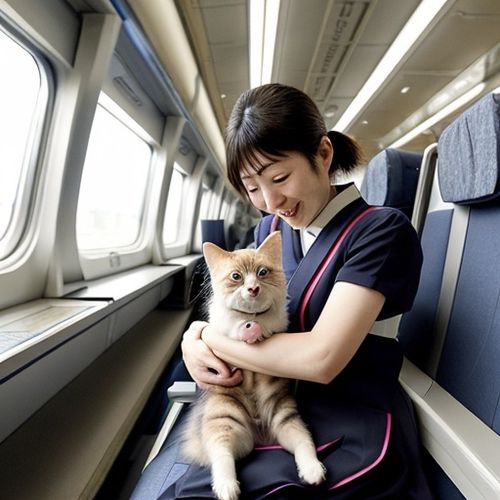
By Noah Bell/Apr 11, 2025
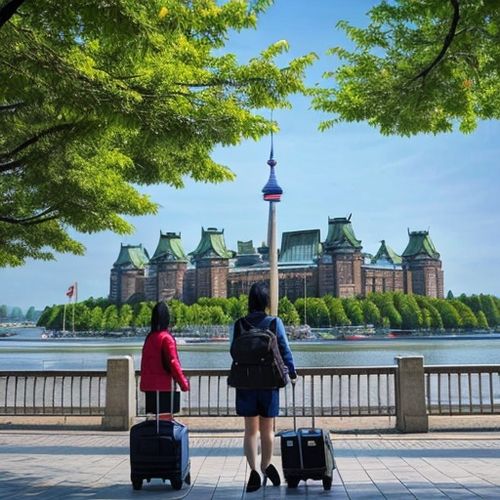
By Christopher Harris/Apr 11, 2025
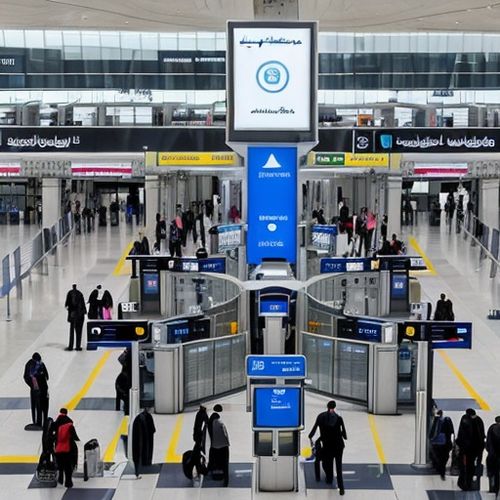
By Emma Thompson/Apr 11, 2025

By Ryan Martin/Apr 11, 2025
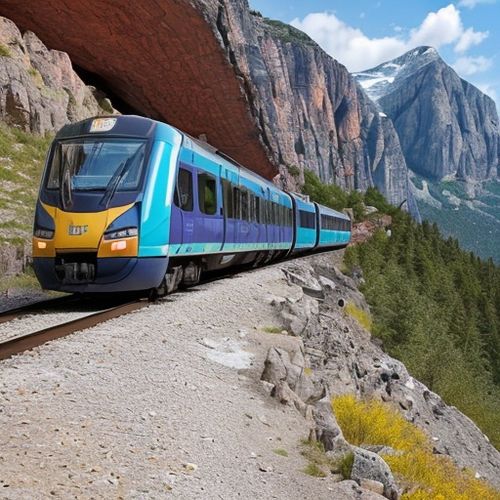
By Grace Cox/Apr 11, 2025
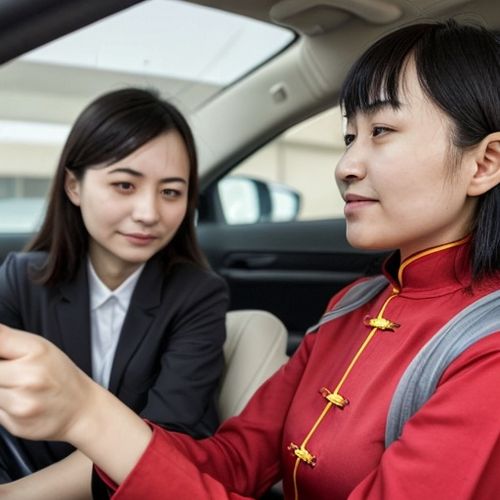
By Sarah Davis/Apr 11, 2025

By James Moore/Apr 11, 2025
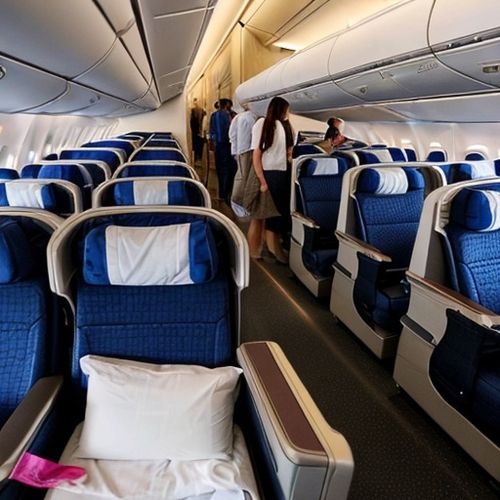
By Emma Thompson/Apr 11, 2025

By James Moore/Apr 11, 2025

By Victoria Gonzalez/Apr 11, 2025

By Michael Brown/Apr 11, 2025

By Grace Cox/Apr 11, 2025